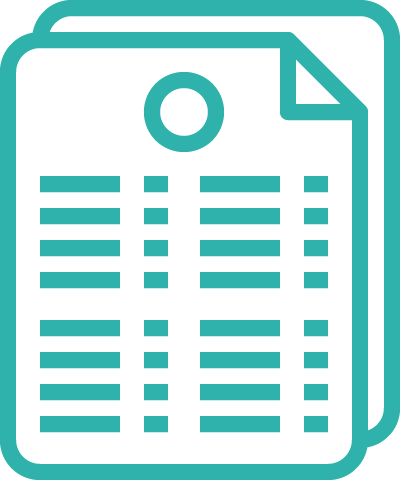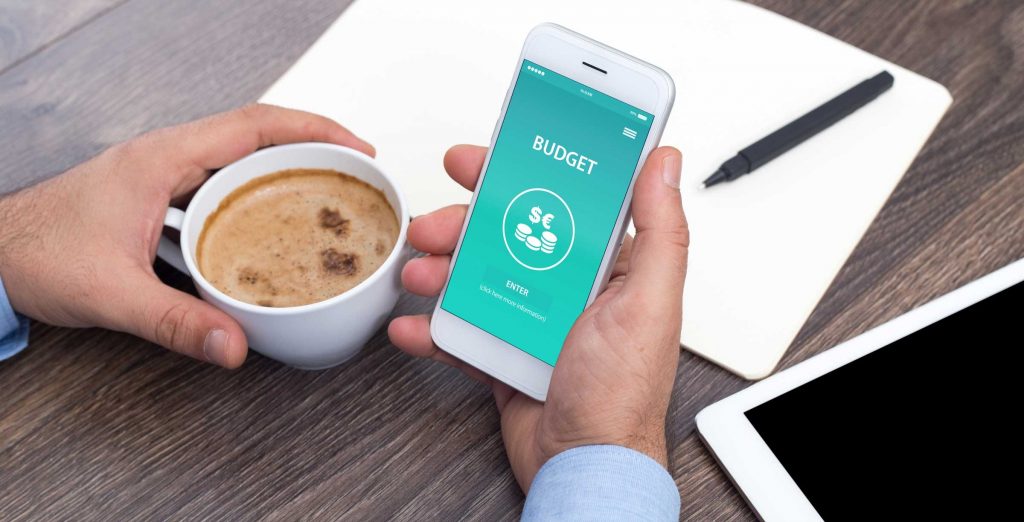Do you have a household budget?
Almost 80% of Australians don’t have a budget and go ‘week to week’ not having any idea where their money goes. Australians who want to take control of their money and have financial diligence will need a budget. Some families have more money going out than coming in and believe all they need to do to turn this around is to get more money coming in. All these people have done is develop a habit of spending more money than they earn and nothing will change until they take control of their money with a budget.
What is the budget?
A budget is understanding on a weekly/fortnightly basis the number of expenses versus any income and understanding whether your budget is in a surplus position or a deficit one. For many families there are too many days left at the end of the money, therefore I plan to demonstrate how you can take control of your money and feel comfortable about having a budget and sticking to it.
There are three steps to effectively managing a budget
STEP 1: Track spending
The first step is to track your spending. If you don’t know how much you spend on a monthly basis it will be impossible to have any success starting a budget. You need to track your spending for a least 60 days to average weekly spending for each item within your household budget. This will require you to peruse historical statements of credit cards and savings accounts. If you’re a frequent user of cash then you’ll need to track all cash expenses for a month as well keeping all receipts. To ascertain the full amount of your spending be sure to include annual expenses and convert to a monthly/weekly amount, then you can move to the next step.
STEP 2: Audit and reconcile your budget
It’s best to have an electronic budget but a paper format can work. Unfortunately, many people have their budget in their head and that simply will not do. If you’re looking for a good example of a home budget I highly recommend ASIC’s MoneySmart budget, which can be found online.
This budget is very easy to use and separates your spending into various categories including home and utilities, entertainment, school and medical etc. It’s important to note you should enter all expenses into the budget before entering any income details. After entering every expense, you can quickly see the budget summaries and totals for you. After you have entered in all of your expenses now enter income details. This is where most people get a shock and realise that they are spending more than they thought and in some cases spending more than they earn.
The total is summarised on the bottom line in a green number meaning you’re in surplus or a red number highlighting the fact that you are in a deficit position. If in a negative position, a deficit can only come out of your savings or worse adding up on credit cards.
This is when you need to reconcile and go back into the budget spending and make adjustments. It may seem hard at first but with some scrutinising of regular household expenses it’s possible to reduce that negative number and make it a positive one. Some tough decisions will need to be made, some expenses will need to be turned off or turned down, you can do it. You should be able to get your expenses down about 8%-10% on average. Once you’re happy with how the budget is looking then the important step is step number 3, accountability.
STEP 3: Accountability
Once you’ve created your budget you can now print it and have it as a hardcopy reference point. I recommend you link the budget to the TrackMySPEND app also available on the MoneySmart website to help you keep on target with monthly expenses. Many people fall into the trap of getting excited about the budget and then not referring to it again for 12 months. At a minimum the budget needs to be checked monthly, most should check it more like weekly or fortnightly.
Set an intention to check regularly and put certain rules in place to make sure any spending is being tracked and it’s easy for most online banking sites now to set up automated alerts for debit from credit cards, online deposits and similar to help you know what’s going on in those accounts. If sharing a budget you might like to include rules for each other, for example, if an expense arises or you want to make a purchase outside of the budget over $50 or $100 that either party needs to advise the other.
Either way, steps one and two in working with the budget are the easiest, however, being accountable to your budget is the winning formula. Sometimes it may take several attempts to get traction with controlling expenses but if you stick to it, you’ll find you’ll quickly develop the habit of being aware of what you spend, where you spend it and making sound decisions and stick to your budget.
We provide access to first class wealth portal software that offers live data feeds, cash flow projections, budgeting, property, tax, and estate planning. You can manage your entire financial world in one place













